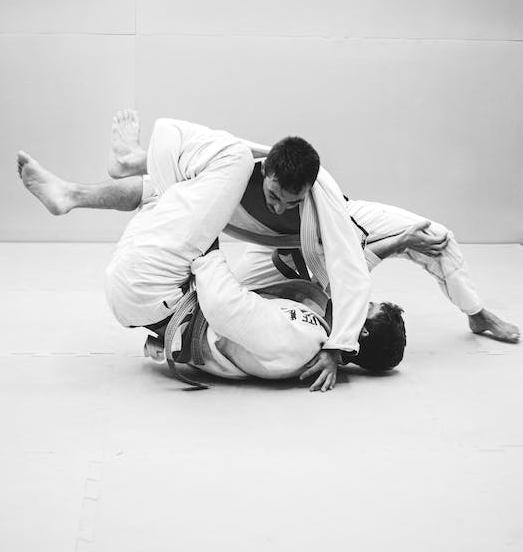
Jujitsu, also known as jiu-jitsu or ju-jitsu, is a Japanese martial art that has a rich and fascinating history dating back centuries. The term “jujitsu” means “gentle art,” and it is a style of martial arts that emphasizes using an opponent’s strength against them, rather than relying solely on one’s own strength.
The roots of jujitsu can be traced back to the early Samurai warriors of Japan. In feudal Japan, hand-to-hand combat was a necessary skill for samurai, who were often called upon to fight in battles or defend themselves in single combat. Jujitsu techniques were developed to help the samurai overcome opponents who were larger and stronger than themselves.
The earliest forms of jujitsu were focused on grappling and throws, rather than striking and kicking. These techniques were designed to allow the smaller and weaker samurai to overcome larger and stronger opponents by using leverage and joint locks to control their opponent’s movements.
Over time, jujitsu evolved into a more comprehensive martial art, incorporating striking and kicking techniques along with grappling and throwing. The development of jujitsu was influenced by various other martial arts, including Chinese martial arts, as well as other Japanese fighting styles like sumo wrestling.
One of the most significant figures in the history of jujitsu was Jigoro Kano, who developed a new style of jujitsu known as Judo in the late 19th century. Kano’s approach to jujitsu emphasized the use of technique and leverage over brute strength, and he incorporated a system of ranks and belts to promote the study and practice of the martial art.
Kano’s Judo became popular both in Japan and around the world, and it played a significant role in the development of modern martial arts. Kano’s students included many famous martial artists, including Mitsuyo Maeda, who later became a pioneer in the development of Brazilian Jiu-Jitsu.
In the early 20th century, jujitsu began to gain popularity in the West, as Westerners became fascinated by the martial arts of Japan. In the United States, a number of jujitsu schools were established, and many of these schools emphasized the self-defense aspects of the martial art.
During World War II, jujitsu gained even greater recognition as a martial art, as it was taught to American soldiers as part of their combat training. Many soldiers returned from the war with an interest in jujitsu, and the martial art began to spread throughout the United States and other parts of the world.
Today, jujitsu continues to be practiced by martial artists around the world. There are numerous styles of jujitsu, each with their own unique techniques and approaches to training. Some styles focus more on striking and kicking, while others emphasize grappling and joint locks.
One of the most popular styles of jujitsu today is Brazilian Jiu-Jitsu, which was developed in the early 20th century by Mitsuyo Maeda and his students. Brazilian Jiu-Jitsu places a strong emphasis on grappling and ground fighting, and it has become a popular sport and martial art in its own right.
In addition to its effectiveness as a self-defense system and a sport, jujitsu is also valued for its mental and spiritual benefits. Practicing jujitsu requires focus, discipline, and a willingness to learn and grow, and it can help to develop confidence and self-esteem.
Jujitsu is a rich and fascinating martial art with a long and complex history. From its origins as a combat system for samurai warriors to its evolution as a modern sport and self-defense system, jujitsu has played an important role in shaping the culture and history of Japan and the world. Today, jujitsu continues to thrive as a vibrant and dynamic martial art, with practitioners from all walks of life and all corners of the globe. Whether you are interested in jujitsu for self-defense, sport, or personal development, there is something to be gained from studying this ancient and fascinating martial art.